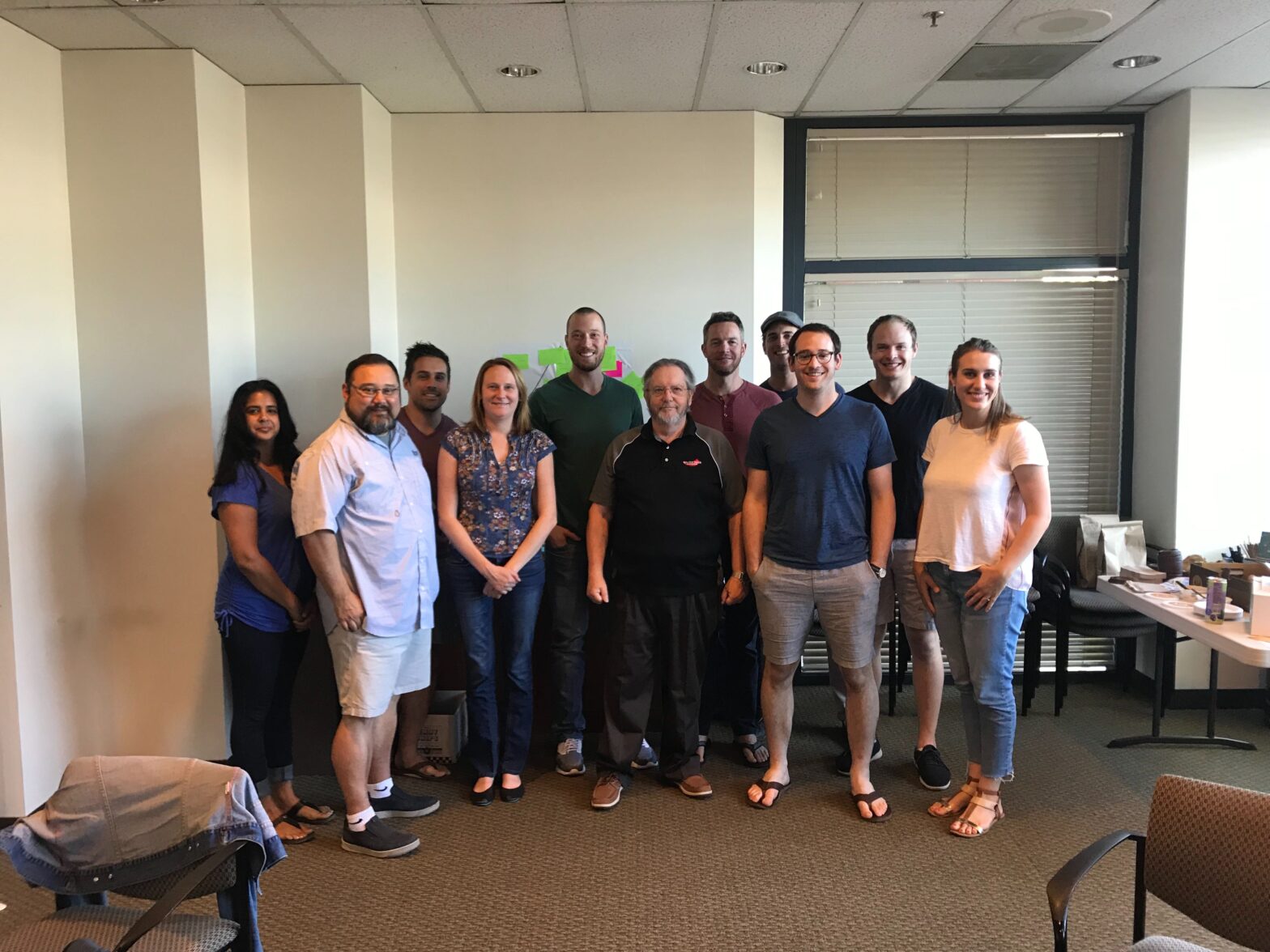Veteran’s Day at The Gunter Group is pretty special. You see, 16% of our current employees are veterans so odds are good we have a front row seat for the incredible skills and experience they bring to their work as management consultants. When we say, “Thank you for your service,” to our friends and colleagues, we could just as easily be referencing their most recent success with a client or how they stepped up to lend a hand with our last project.
Tag Archives: Portland
THE WORLD NEEDS GOOD CHANGE MANAGERS
Change management is the study of human behavior. Human beings hate change, yet change is unavoidable. As professionals in change management, we bring a people-centered approach to our work. This is undeniably good for business, as evidenced by a flourishing market of change management consultants and frameworks.
THE ADVENTURES OF A GENERALIST
At TGG, we’re generalists. Our consultants come from different backgrounds: some come from healthcare or finance, others come straight from the military or academia. Every consultant at TGG has a unique background, and we bring these backgrounds to our work, no matter the client or industry.
OUR NON-NEGOTIABLES: EMOTIONAL INTELLIGENCE
At the Gunter Group, we consider emotional intelligence essential for understanding and solving complex problems. In short, emotional intelligence is the ability to understand and manage emotions in yourself and others. For us, it’s about more than accurately reading and adapting to social cues, although this is an important part of EQ. It’s pulling from the depths of our intelligence, experience, and heart to show up fully for ourselves, each other, and our clients. It’s an approach that not only feels great but gets the best possible results.
SITUATIONAL LEADERSHIP
Our understanding of leadership must continually evolve to remain relevant and impactful in today’s business climate. One method of leadership that develops an ability to meet the ever-changing needs of an organization and its employees is called Situational Leadership.
TGG RANKED AS #4 BEST SMALL FIRM TO WORK FOR BY CONSULTING MAGAZINE
The Gunter Group was recognized as Consulting magazine’s #4 “Best Small Firm to Work For” in the nation.
ARTIFICIAL INTELLIGENCE & YOUR BUSINESS: 3 THINGS TO KNOW
Artificial intelligence is all around you. You have been using it for a while, probably without even knowing it. Gmail finishes your sentences. Your phone corrects your spelling and grammar. Instagram decides what to show you next. Spotify creates perfect playlists of new music. Advertisements know exactly what you’re thinking. You use AI hundreds of times a day.
USING AN ARCHEOLOGICAL APPROACH TO DELIVER TRANSFORMATIONAL DATA ANALYSIS
The potential of data analysis, especially in this age of “big data,” is immense but it’s important to use appropriate models to help explain that data and to ask the right questions in the first place.
TGG LEVELS-UP TECH PRACTICE
Gunter Group consultants converged on the Portland area last weekend to attend a 16-hour 2-day training on agile. The course, provided by industry leader Rod Claar, included a deep dive into agile best practices and featured hands-on learning experiences.








